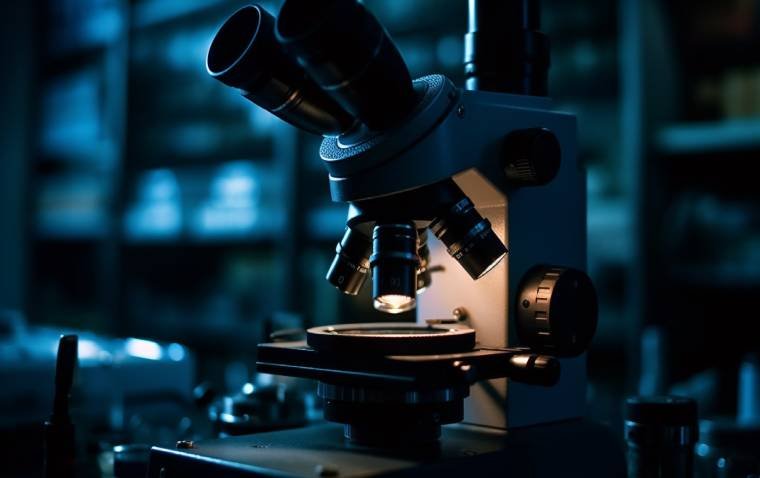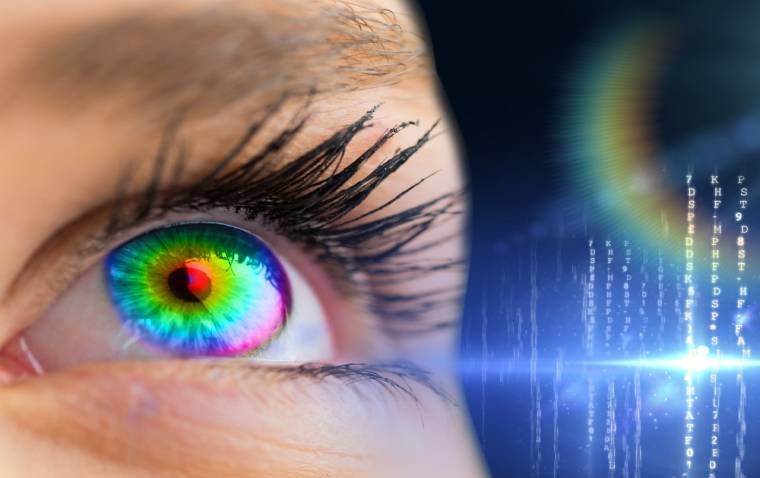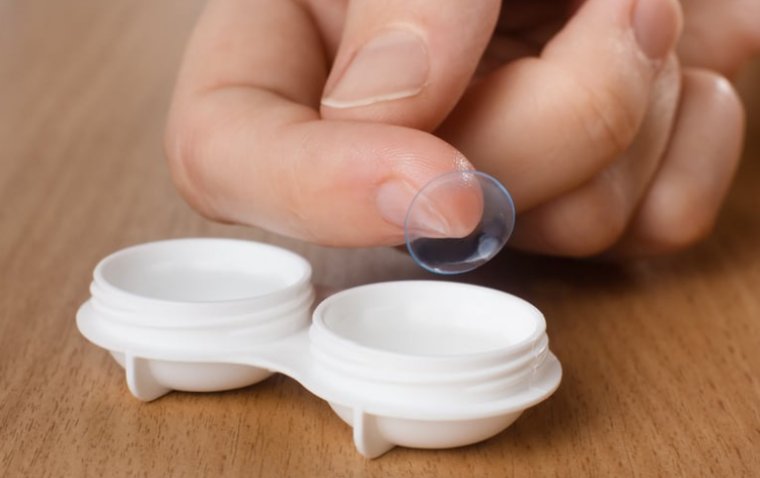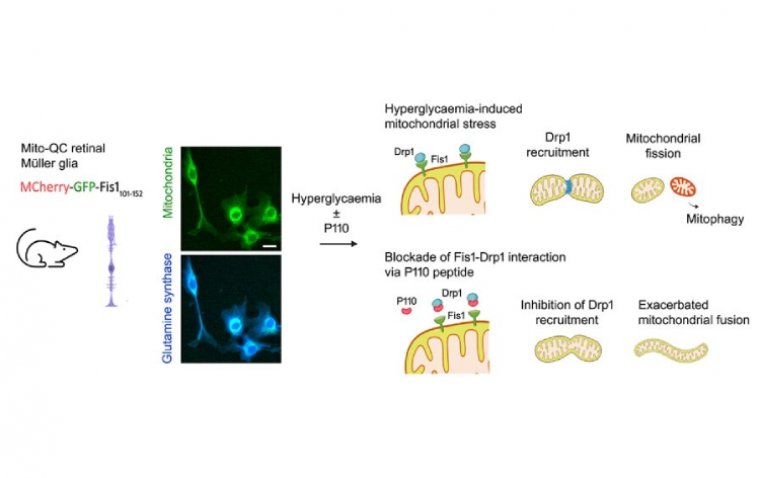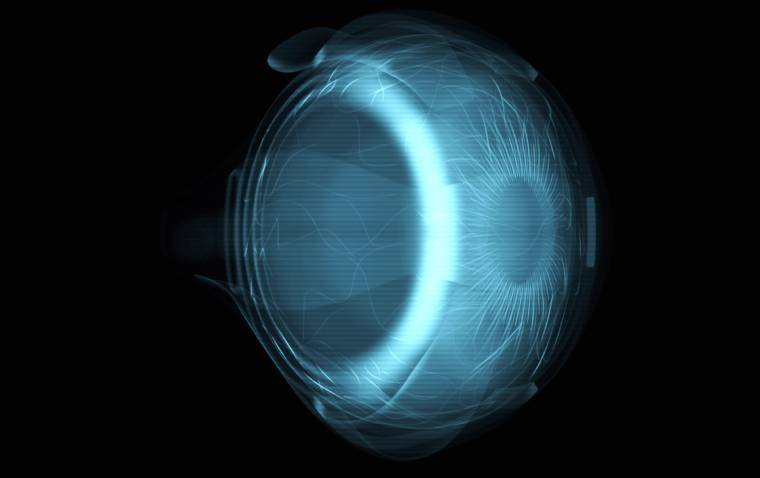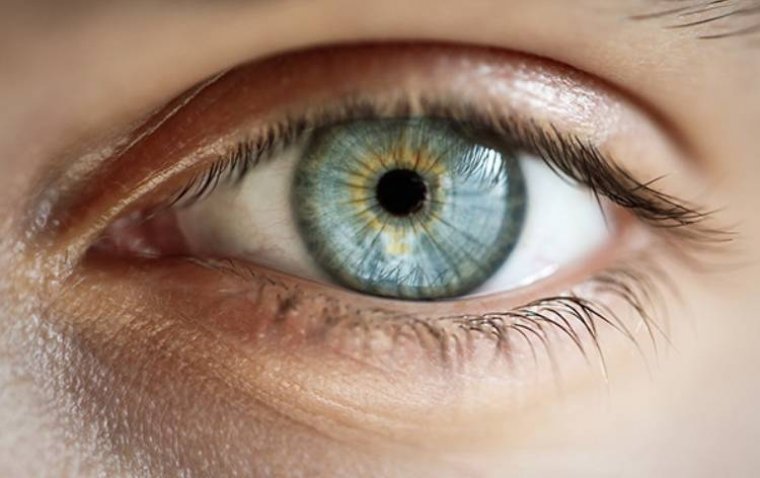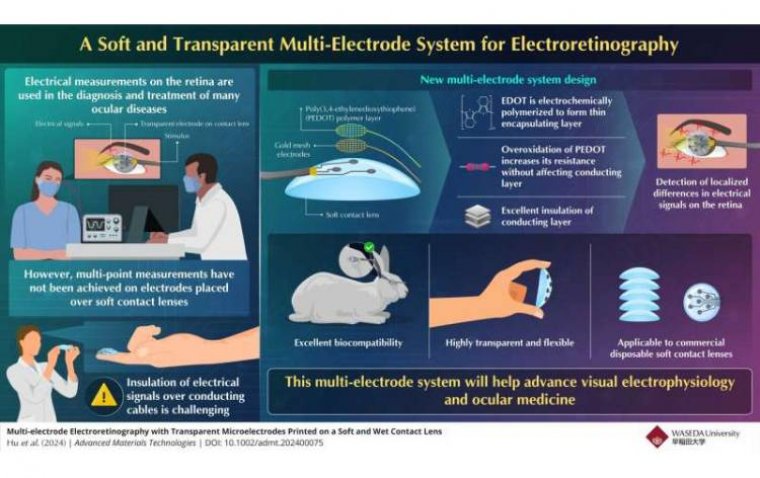
Researchers Develop Innovative Soft Contact Lens for Precise Retinal Monitoring
A recent study led by Professor Takeo Miyake from the Graduate School of Information, Production and Systems at Waseda University, Japan, has introduced a novel soft ERG multi-electrode system to enhance the precision and comfort of retinal monitoring.
The study is detailed in the journal Advanced Materials Technologies.
Advanced Design and Methodology
The research team, including co-authors Saman Azhari from Waseda University and Atsushige Ashimori and Kazuhiro Kimura from the Department of Ophthalmology at Yamaguchi University, designed a system using a commercially available soft disposable contact lens. The lens was immersed in a solution containing the monomer 3,4-ethylenedioxythiophene (EDOT).
Gold mesh electrodes with connecting wires were then placed on the lens's inner surface. By applying a current through the EDOT solution, the monomers formed an entangled polymer known as PEDOT, which securely attached to the lens and fixed the gold components in place.
Innovations in Insulation and Conductivity
A significant innovation of this approach is the ability to overoxidize the PEDOT layer using a DC voltage under dry conditions, creating a highly insulating layer on the collecting wire. This insulation is crucial to prevent interference between different retinal signals and those from other eye regions. The gold mesh electrodes were meticulously designed to spread currents during the overoxidation process, ensuring that the PEDOT encapsulating the mesh region remains conductive, maintaining good electrical contact with the eye.
Results and Biocompatibility
The outcome is a flexible, highly transparent multi-electrode system for ERG measurements that offers the same comfort level as commercial disposable contact lenses. The research team examined the optoelectrical properties of their multi-electrodes and conducted experiments on rabbits. Miyake noted, "Our device was used in animal experiments, confirming its biocompatibility and suggesting a correlation between the location of the electrodes and the intensity of the recorded ERG signals. In other words, our design could enable precise spatial measurements of multiple ERG signals simultaneously."
Future Applications and Potential
These findings are poised to significantly advance the understanding and diagnosis of ocular diseases. Miyake highlighted the potential applications, stating, "The use of augmented and virtual reality devices is growing quickly, and the precise and continuous monitoring of eye conditions will become a necessity. A smart contact lens such as the one developed in this work could be connected to a local network to transmit the eye's health condition to an ophthalmologist or health care specialist while the user is performing their daily routine. Such systems could prevent irreparable damage to the eyes."
This innovative research not only paves the way for improved eye health monitoring but also aligns with the increasing integration of smart technology in daily life, potentially revolutionizing how ocular conditions are managed and treated.
Reference
Lunjie Hu et al, Multi‐Electrode Electroretinography with Transparent Microelectrodes Printed on a Soft and Wet Contact Lens, Advanced Materials Technologies (2024). DOI: 10.1002/admt.202400075
(1).jpg)
